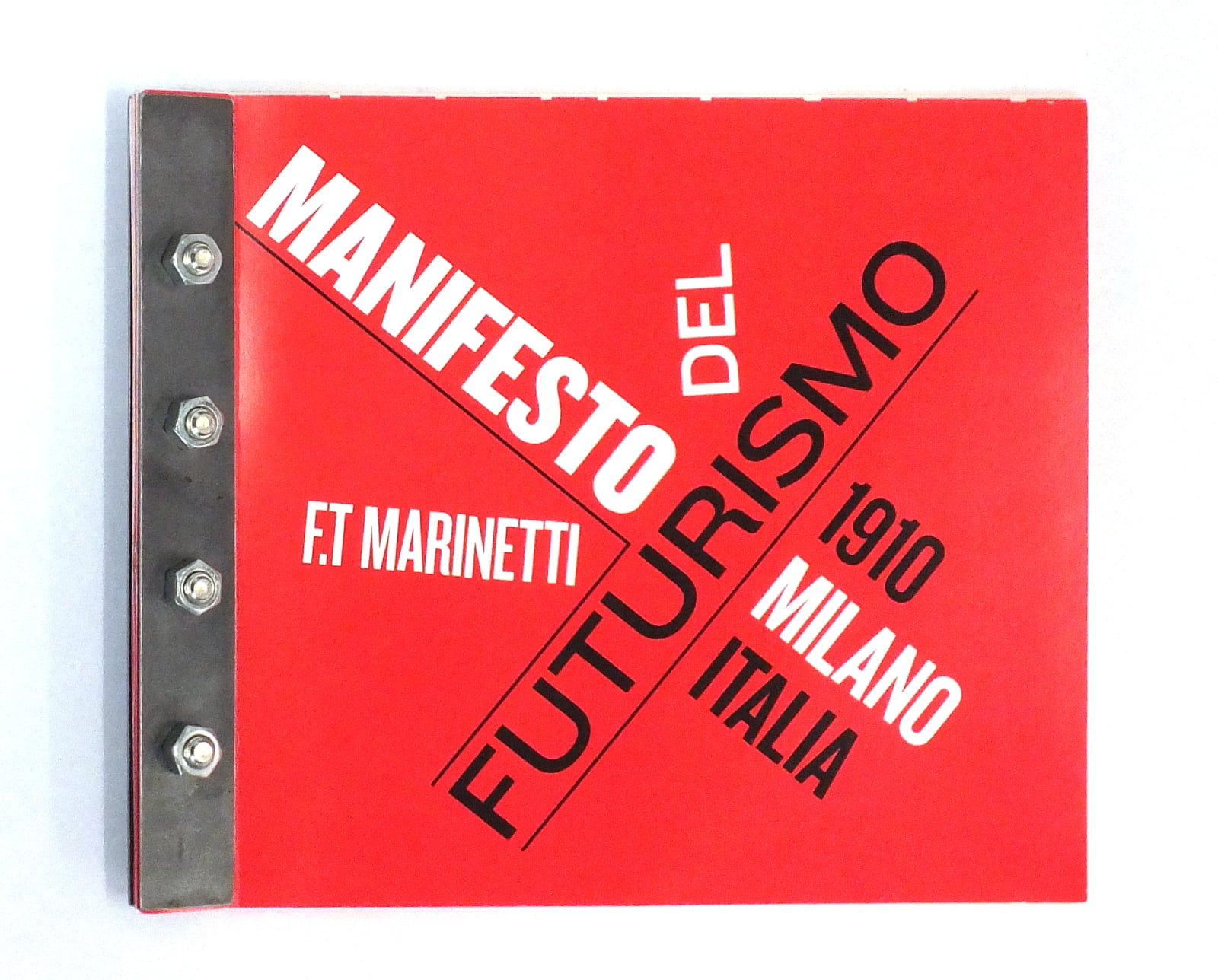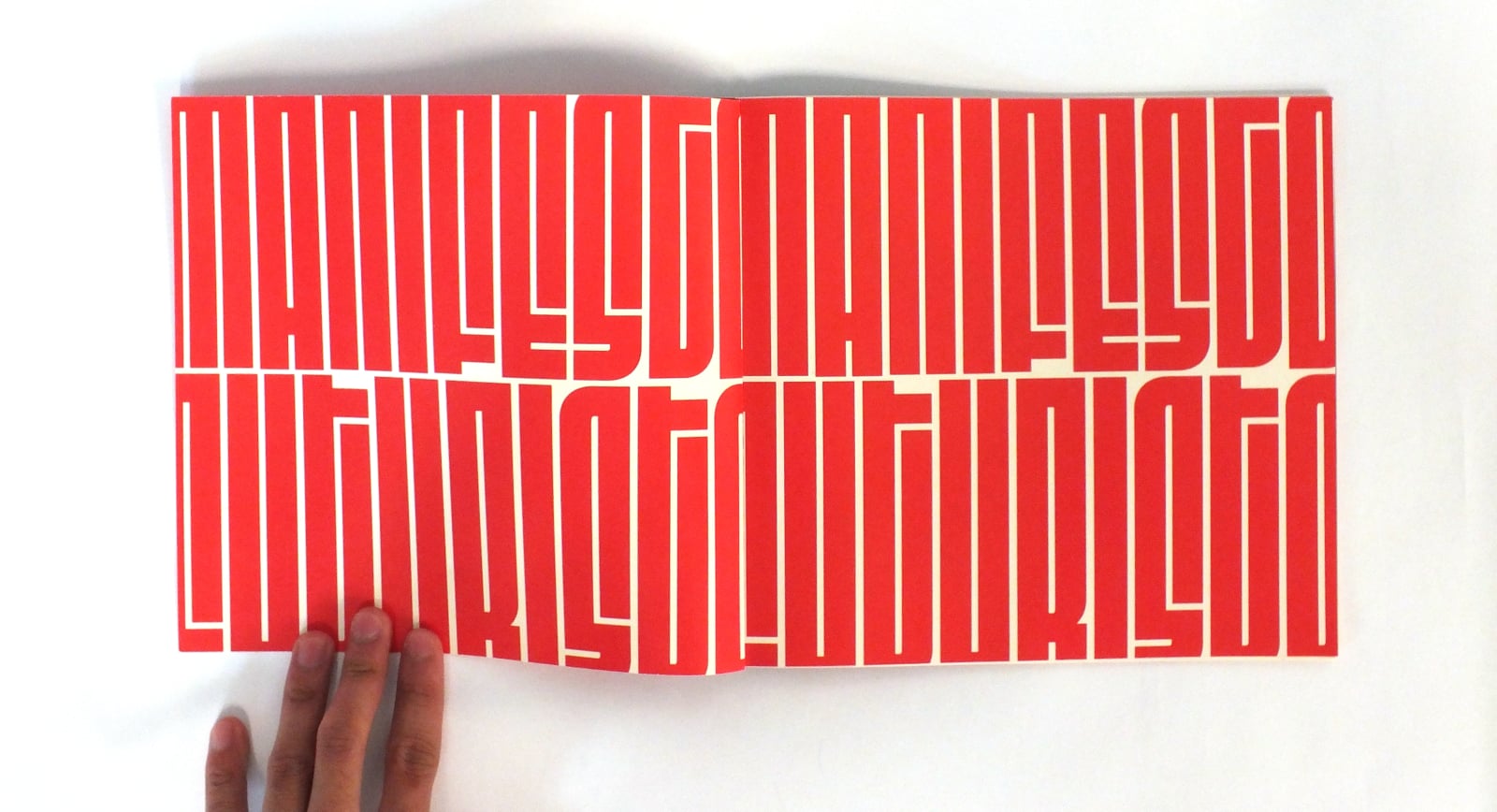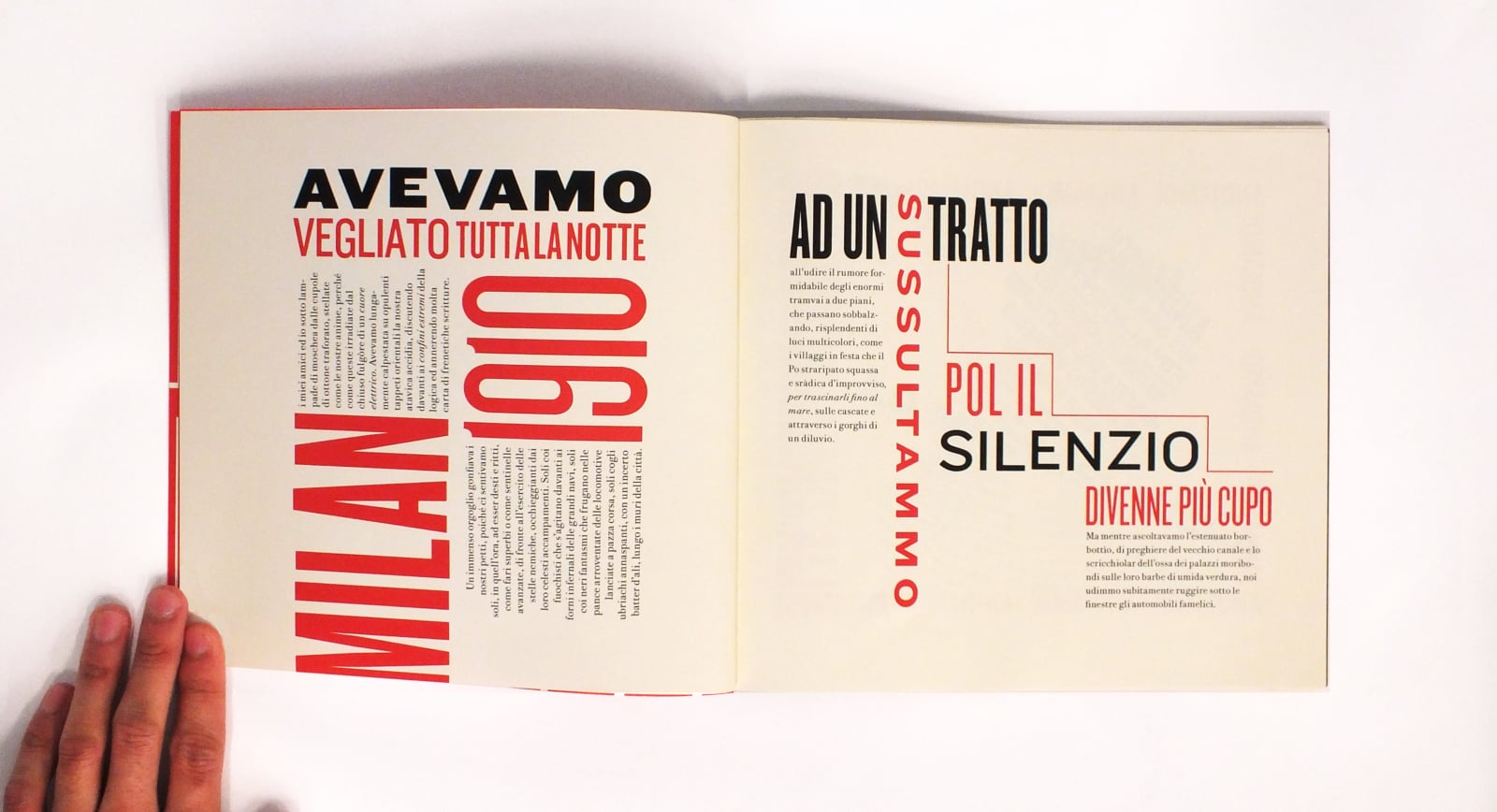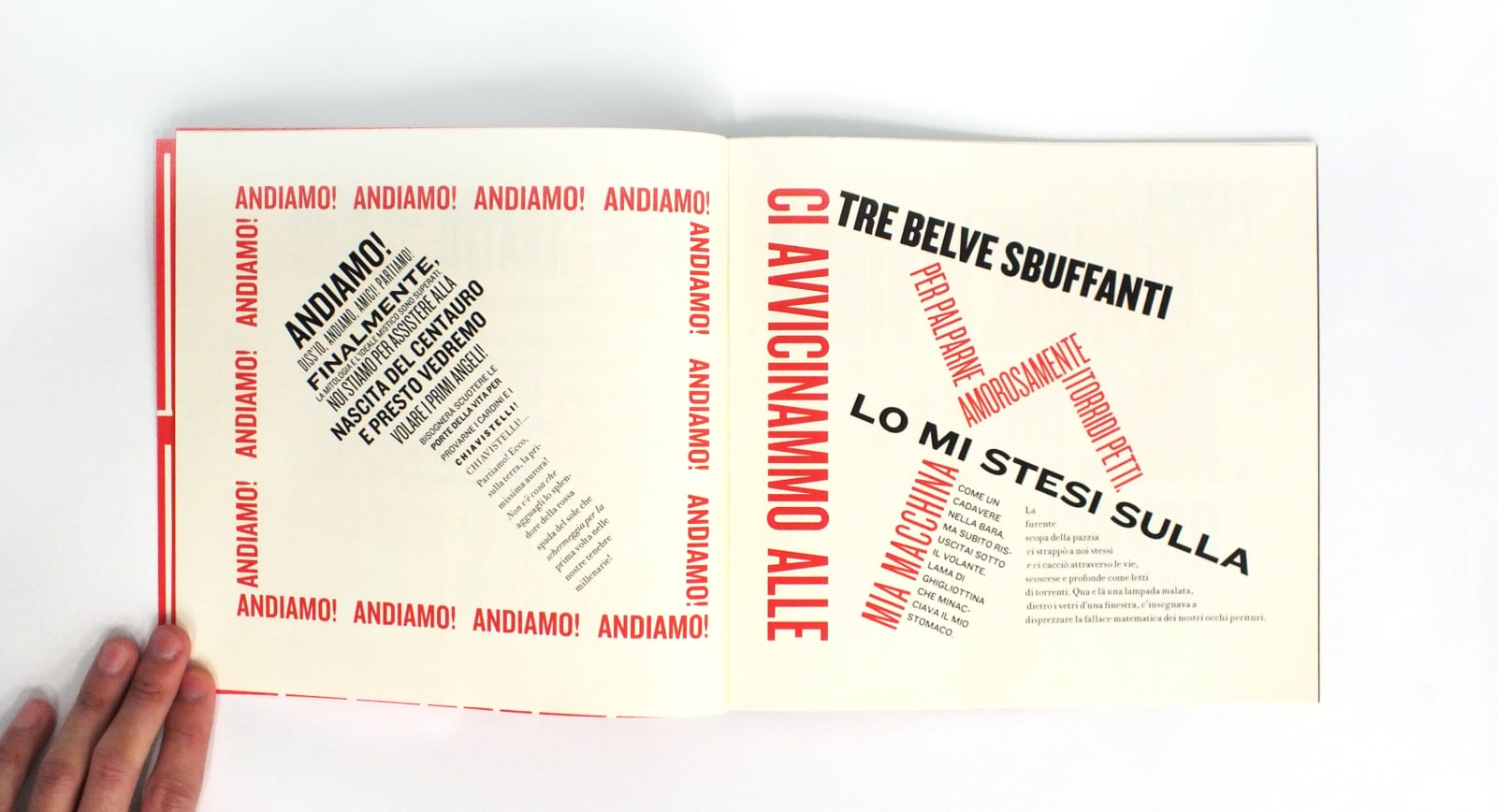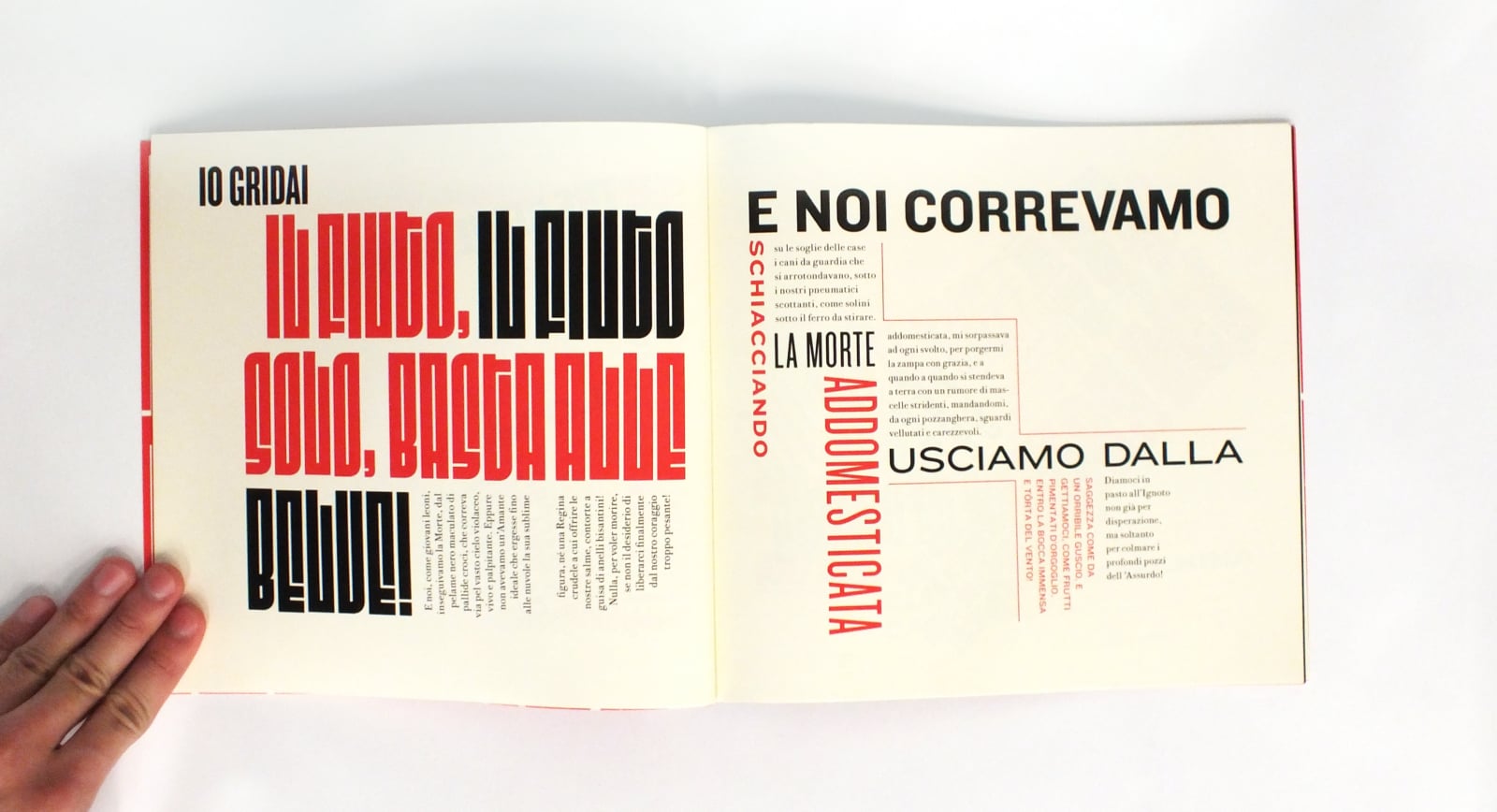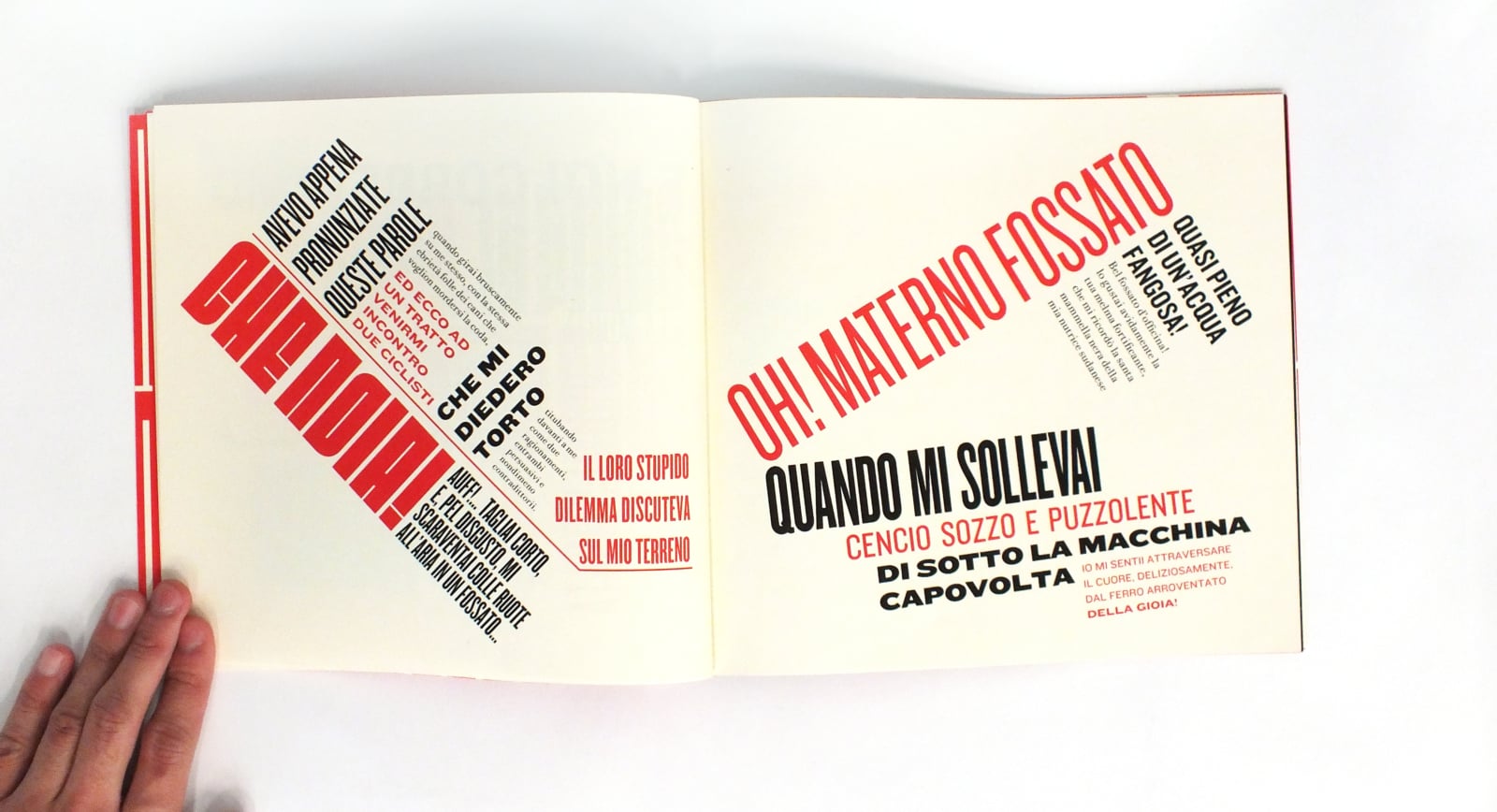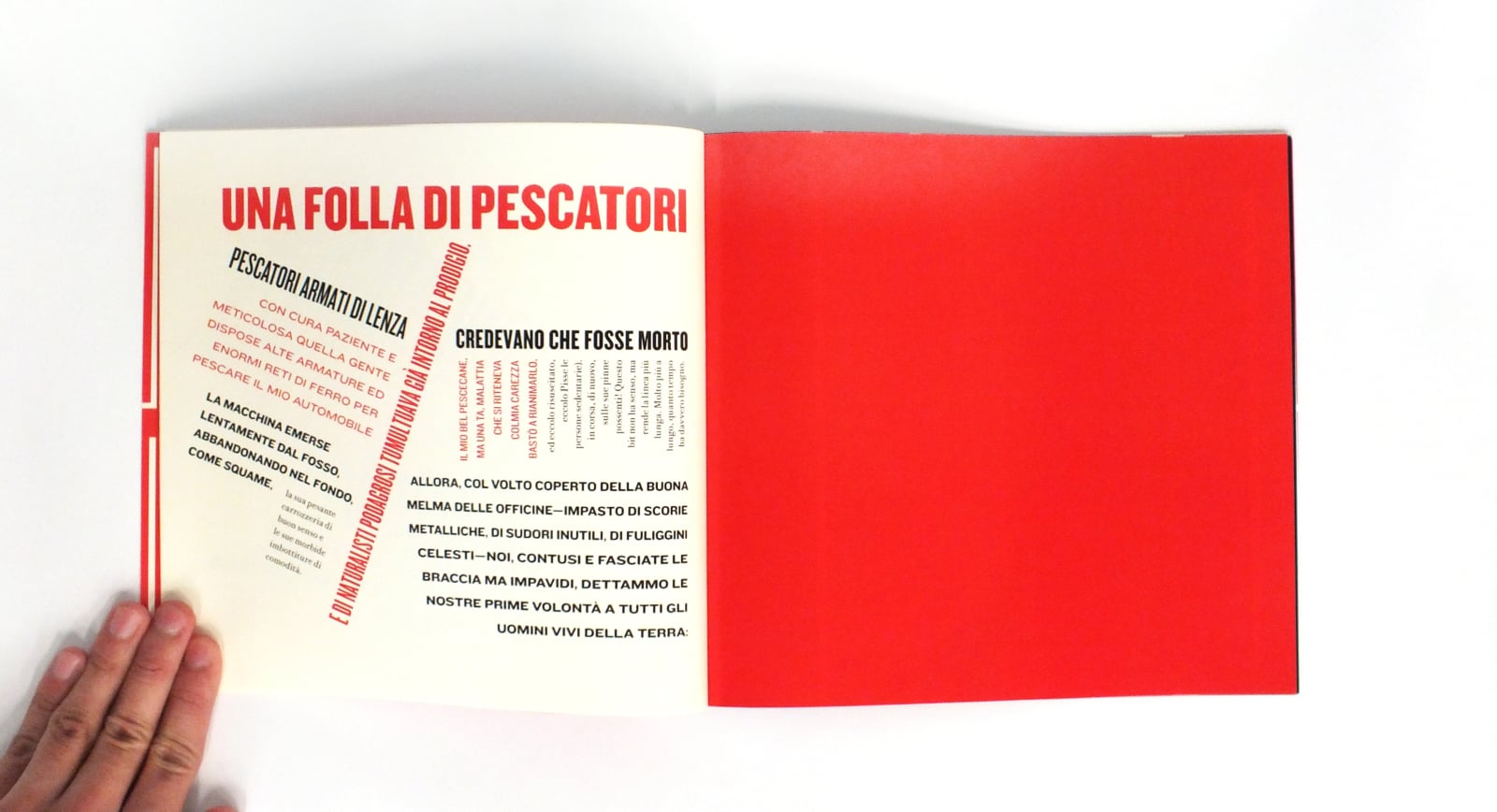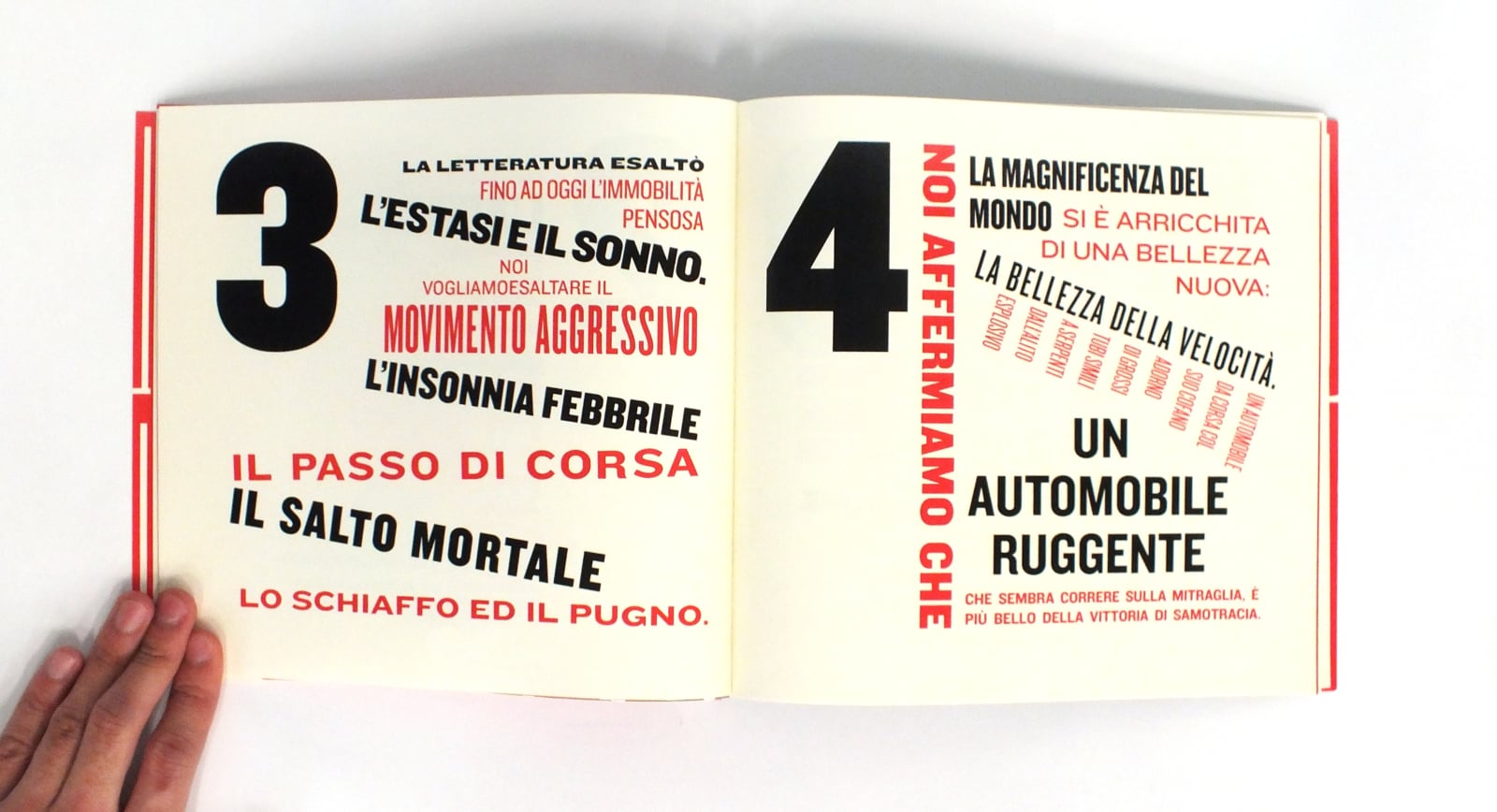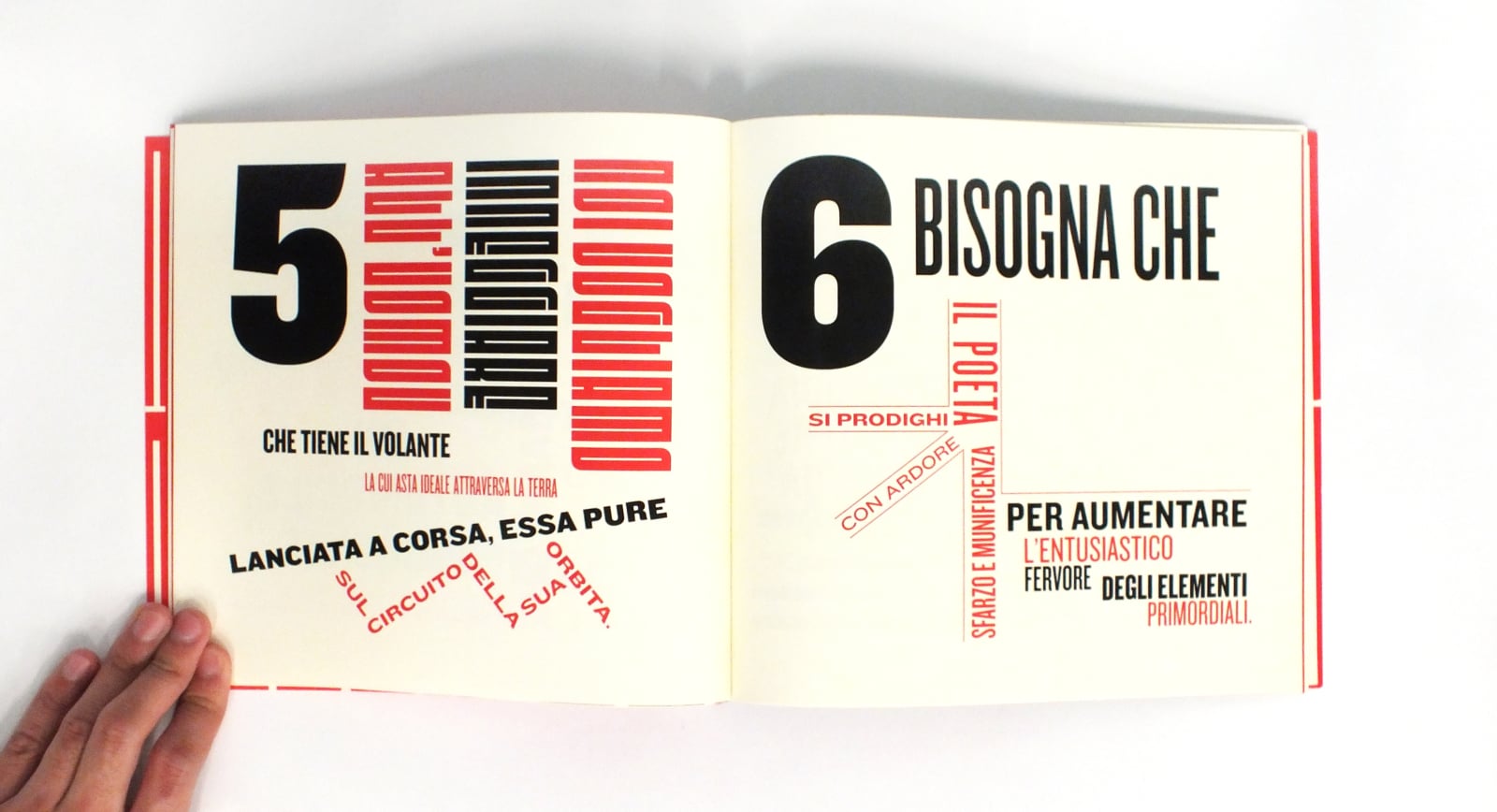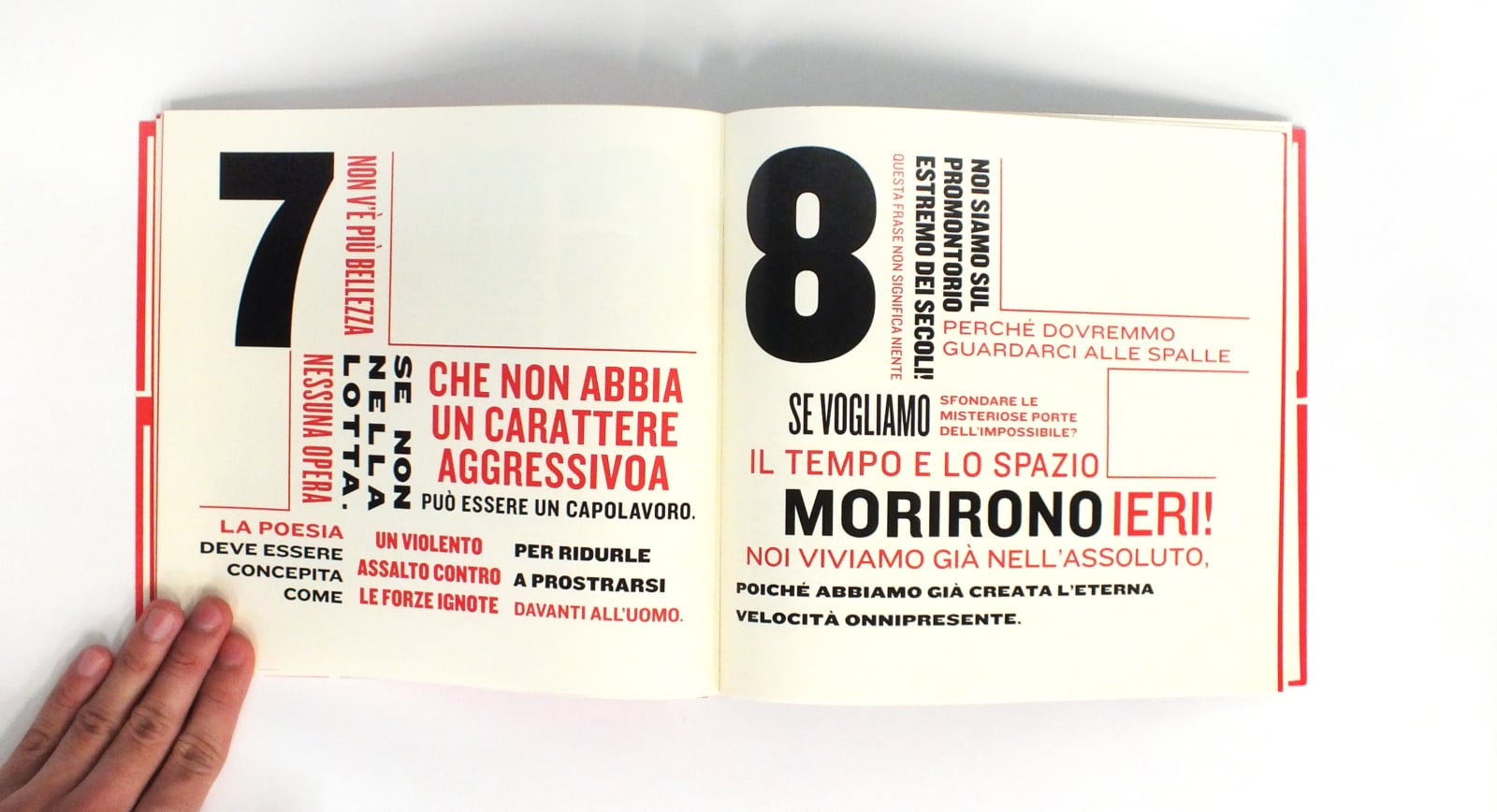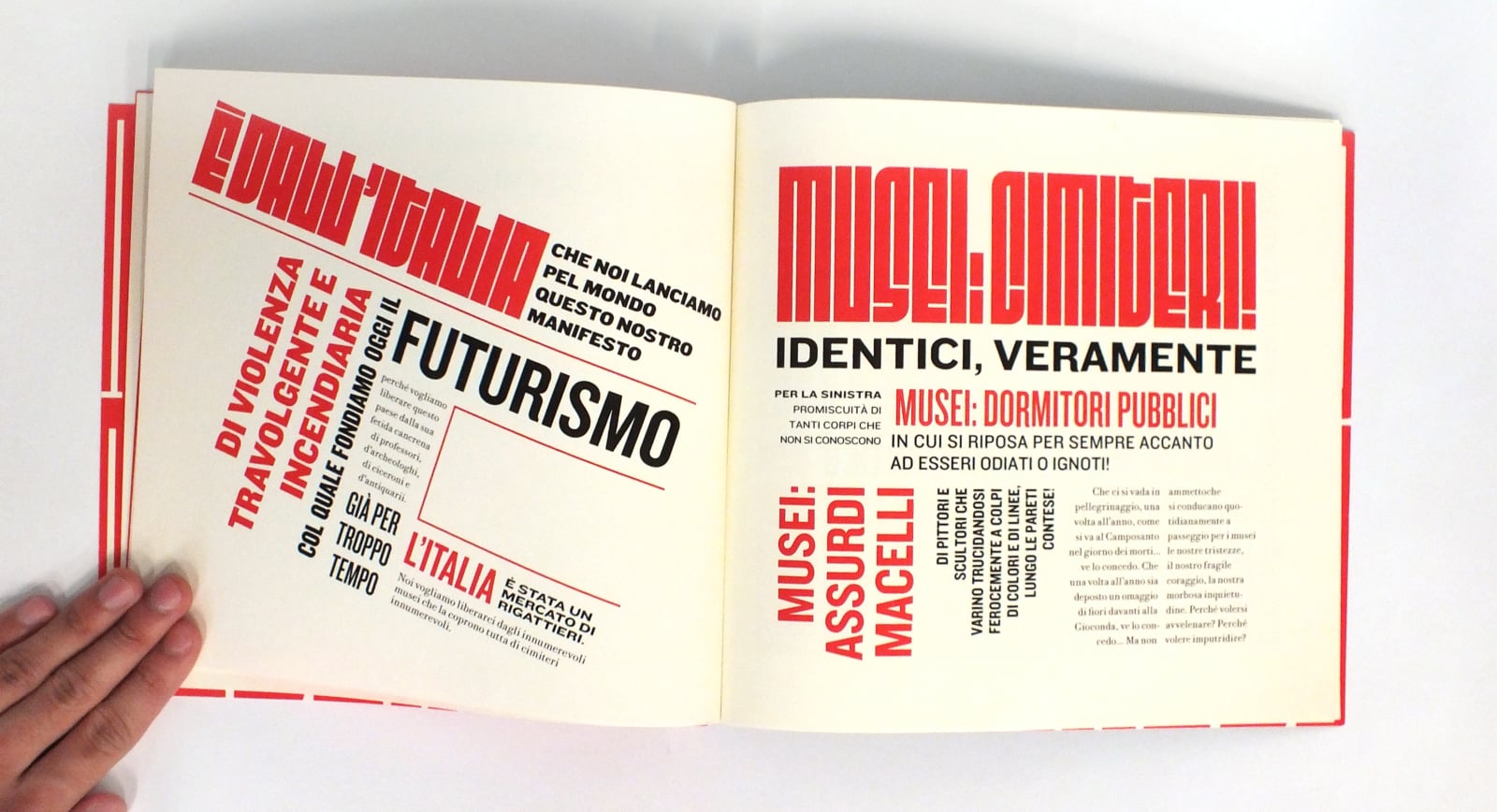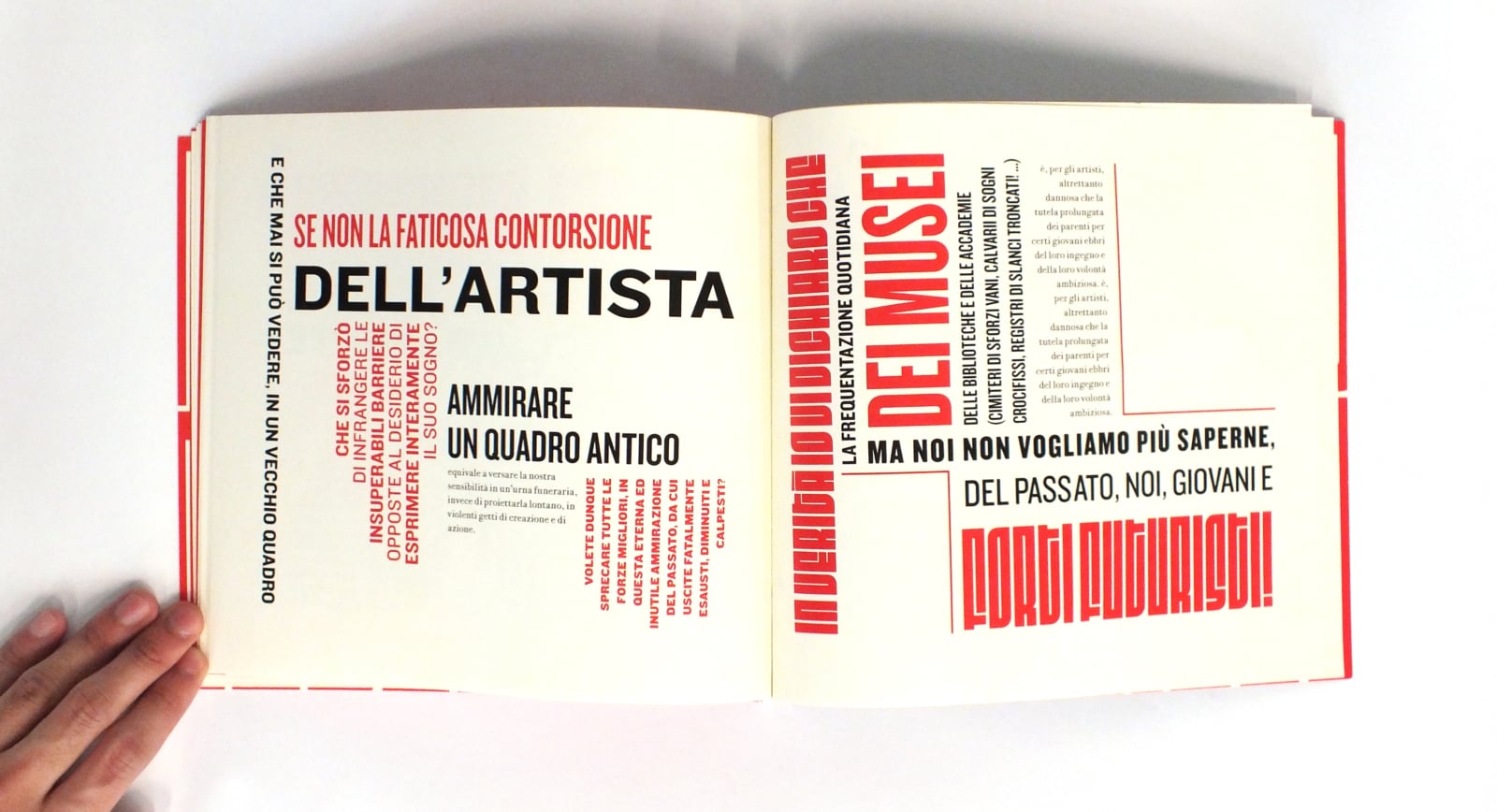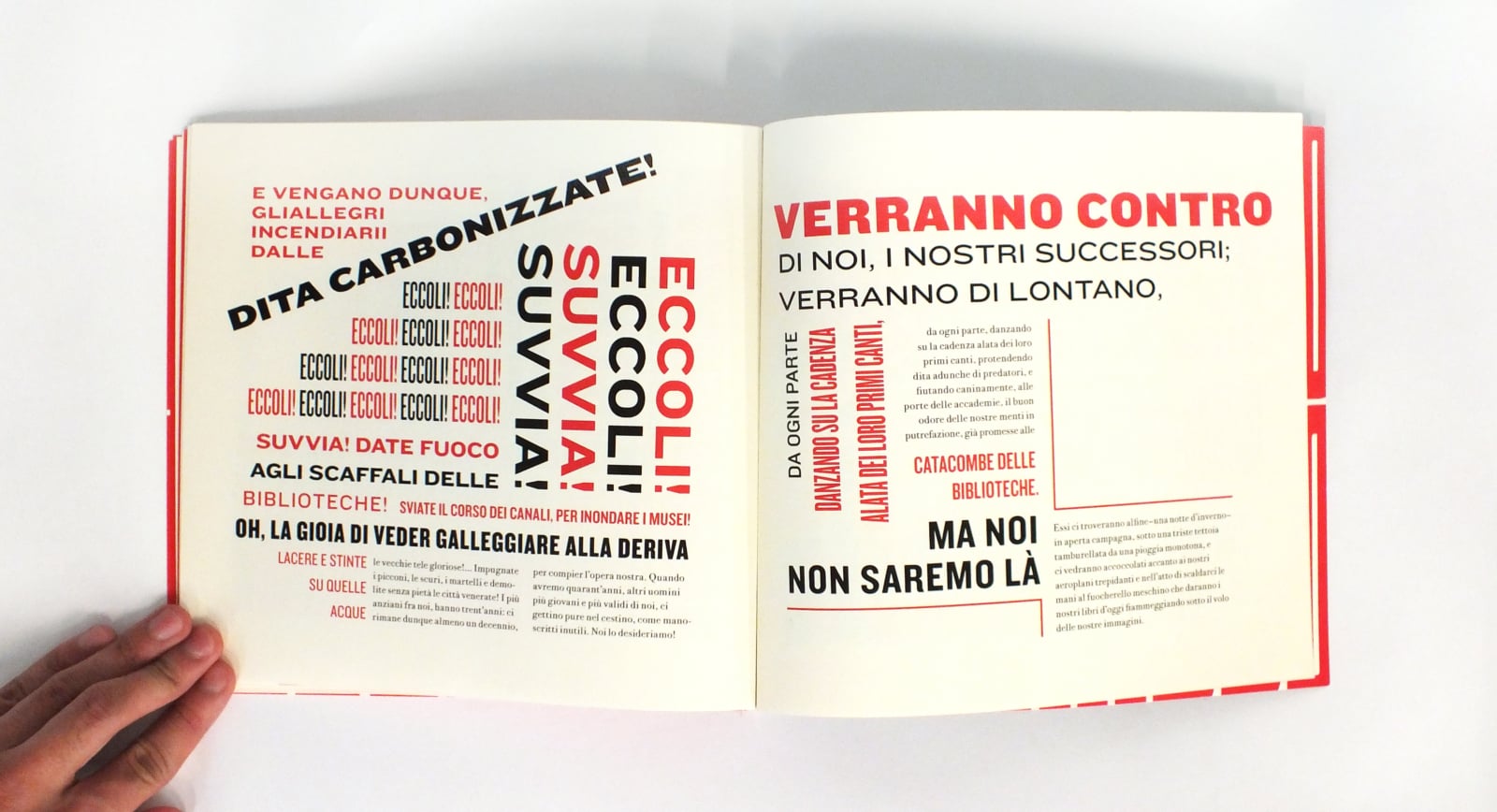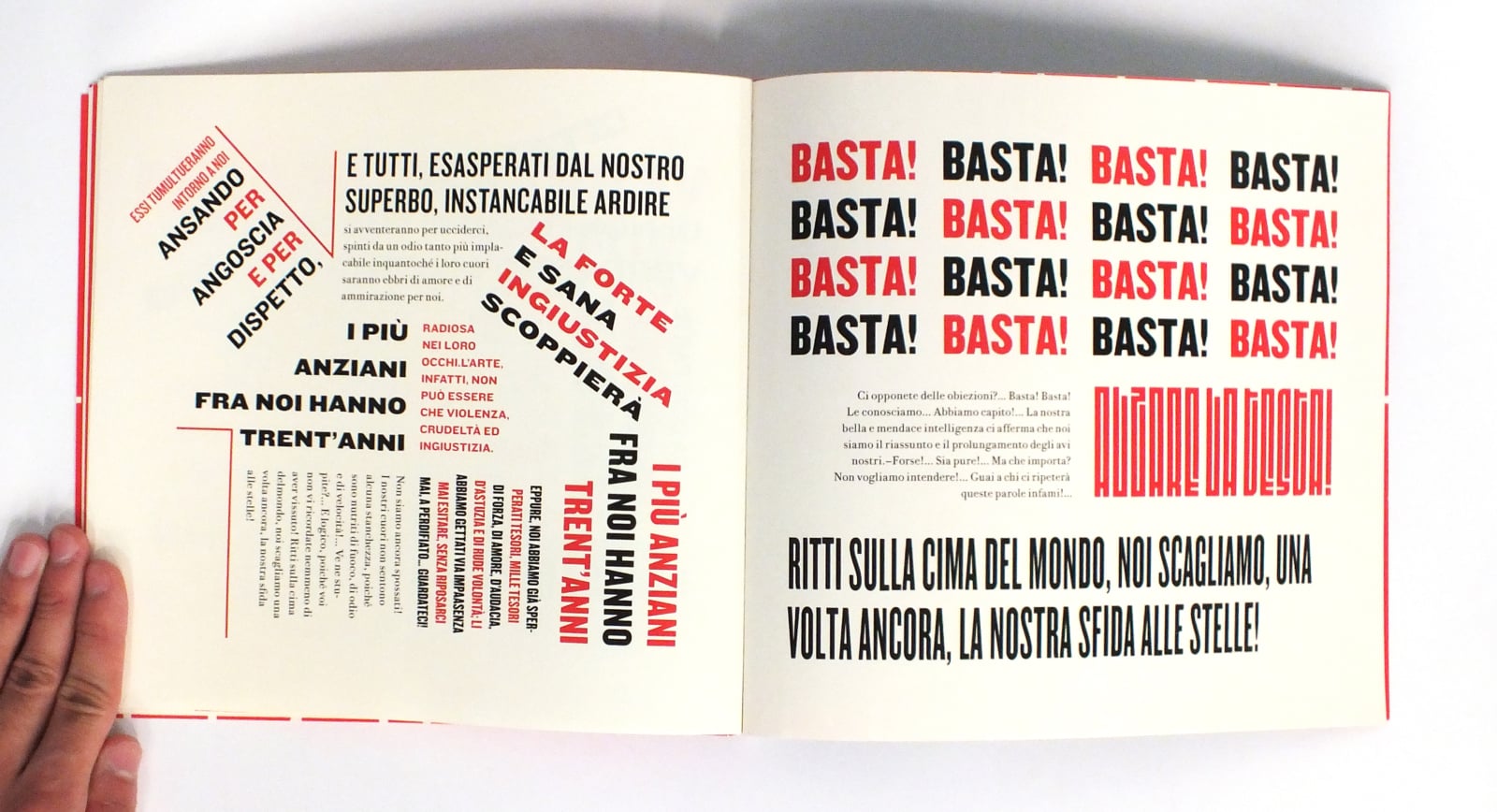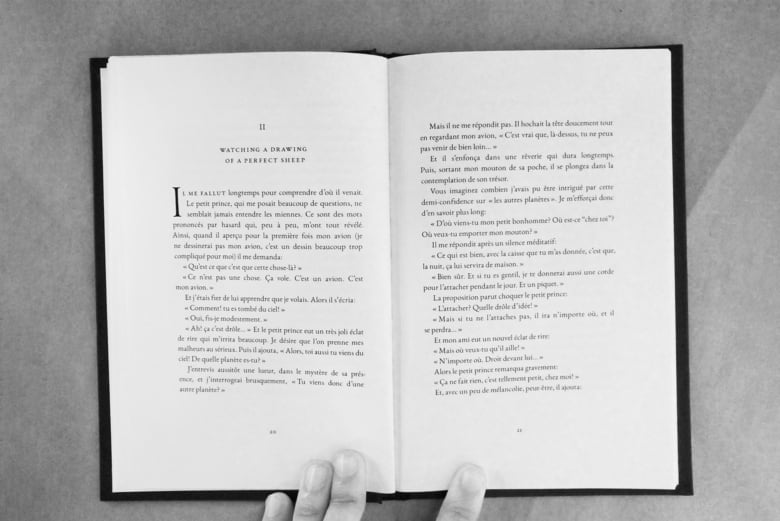Futurism was the precursor to Italian Fascism that advocated, among other things, nationalism, militarism, violence, anti-intellectualism, a total disregard for the past, and anti-Feminism. And yet, it’s simultaneously intermingled with hypocrisy and irony: the largest one of it—however unavoidable—being that it is now considered historic. [ 1 ] In art and design school, it’s a movement relegated as a footnote; a form of proto-Fascism and that produced work that also happened to be stylistically expressive. But there’s so much more to it. I stand by the idea that Futurism is the first real Modernist movement as it’s the first cultural movement speaking towards the public domain as opposed to the Fine Arts, which was, and remains, more or less, only accessible to the wealthy. The Futurists believed Futurism to be a social movement that should belong to all and encompass all parts of life, in a stark contrast to earlier movements such as Impressionism whom exclusively concern themselves with painting. The actual cultural output stretched far and wide, including, but not limited to: painting, poetry, fashion, graphic design, industrial design, and cuisine. Like designers today, they believe that the scope of design encompasses the entire world and that everything should be designed under a series of principles and purposes. Unfortunately, this gesamtkunstwerk-like methodology was an equally great foundation for forming and operating a totalitarian state.
This project is an attempt at designing the Futurist Manifesto under its own respective ideals, as largely inspired by the Depero Futurista. Knockout, DJR Fit, and Bodoni, were chosen for typesettting, the former two ironically being American, yet ideal thanks to their pre-Akzidenz Grotesk and early-Grotesque roots. In addition, built-in kerning was disabled and the worst pairs were manually corrected. All display text also had their baseline slightly shifted in order to emulate metal type.
To say that emulation of the past was the only way to authentically replicate Italian Futurism is ironic and strange, yet accurate. What is clear is that no matter how idealistic or future looking a movement is, it will always be relegated as one of history given enough time, with at least some ideals being relegated as outdated in retrospect. That’s not to dismiss any contemporary group striving towards a better future, but rather, it means that we must be be open and be critical of both others and, most of all, ourselves in all that we do. The people of the future will be right about some aspect of today being wrong, but living in the present, we won't know what. Futurism seems hateful for its own sake. But, Italy was also economically behind and proudly clinging onto its historical cultural past while its neighbours moved into industrialization. Its cultural output alone went on to inspire thousands of writers, artists and designers creating wonderful things. It's a controversial movement whose negative aspect could happen to any group of very well intentioned people in any place or time. What’s to say that the so called vague "contemporary" won’t be next?
This project is by no means an endorsement of either the text or movement that followed the Futurist Manifesto.
footnotes
- [ 1 ] Despite being an anti-Feminist manifesto, it has, in fact, inspired a Feminist manifesto based upon said manifesto. Its founder, F.T. Marinetti also married a Futurist painter, whose very creative profession is the anti-thesis to the traditional model on the housewife. At one point, Marinetti authored a Futurist cookbook which was surprisingly ahead of its time in its criticism of excessive carbs in foods such as pasta and its promotion of whole-grain products. This same Marinetti was also caught red-handed eating (non-whole grain) spaghetti in nowhere less than Milan’s most famous shopping mall. Although appearing to be a modern tourist trap, this same restaurant is still open.↲
